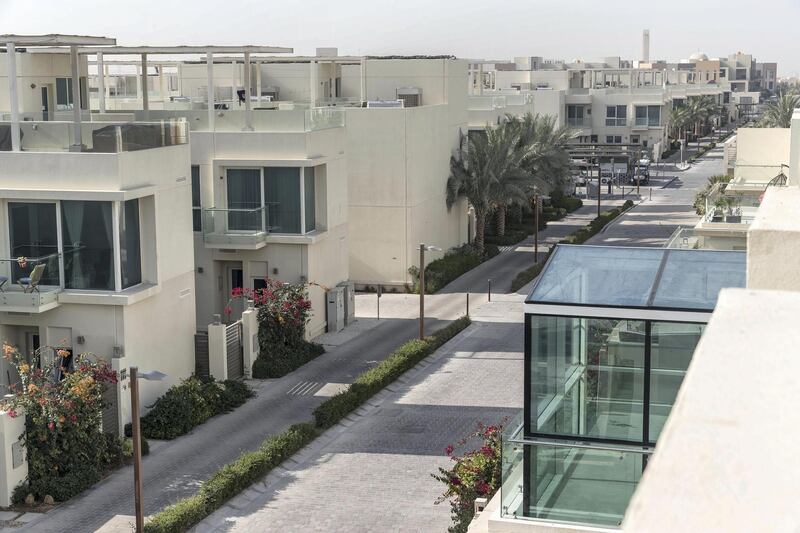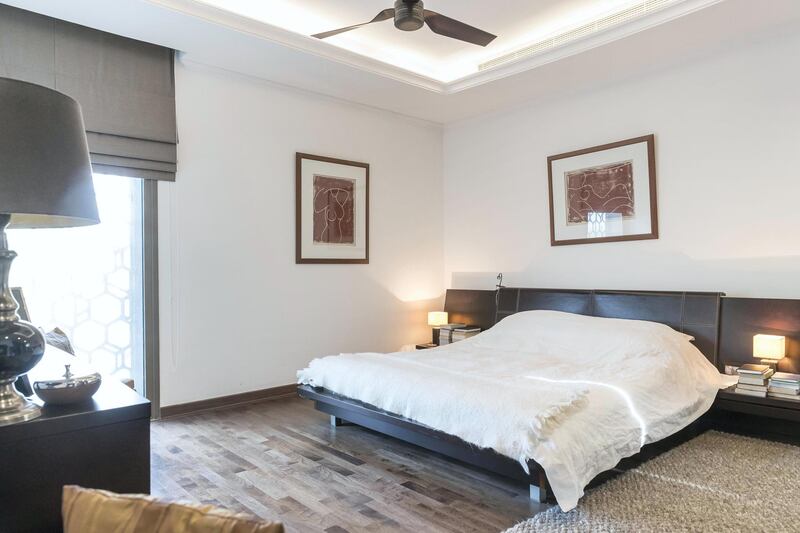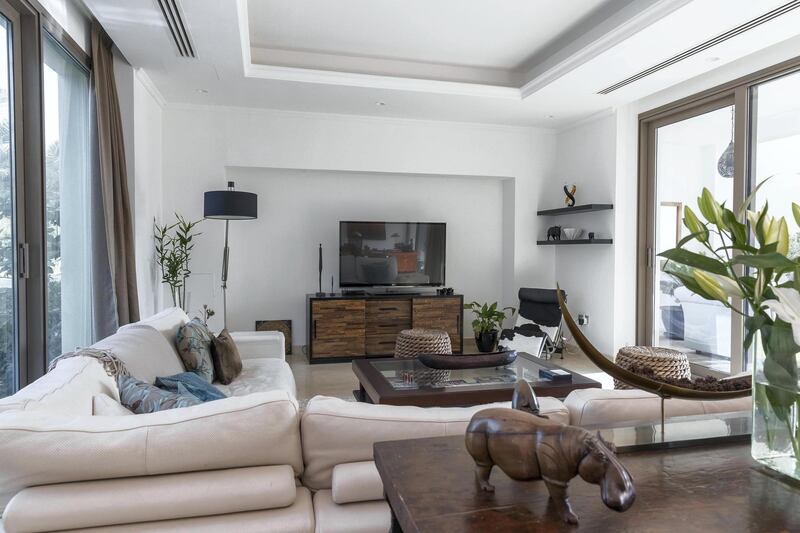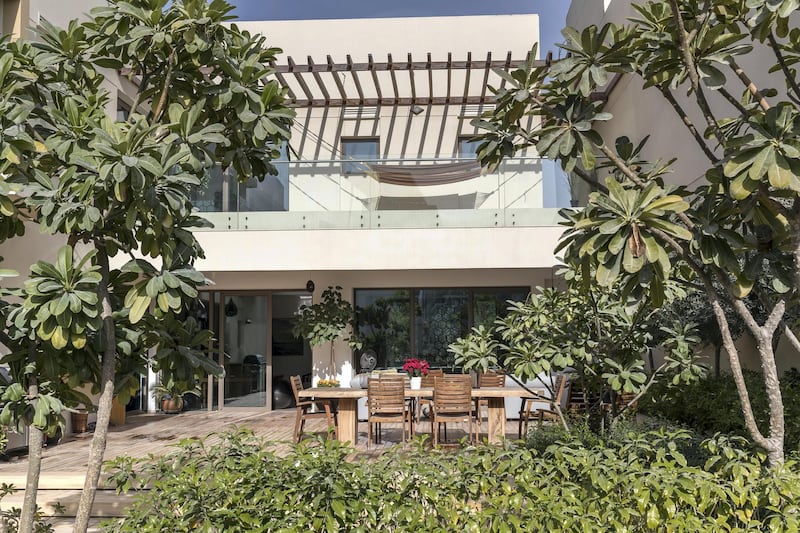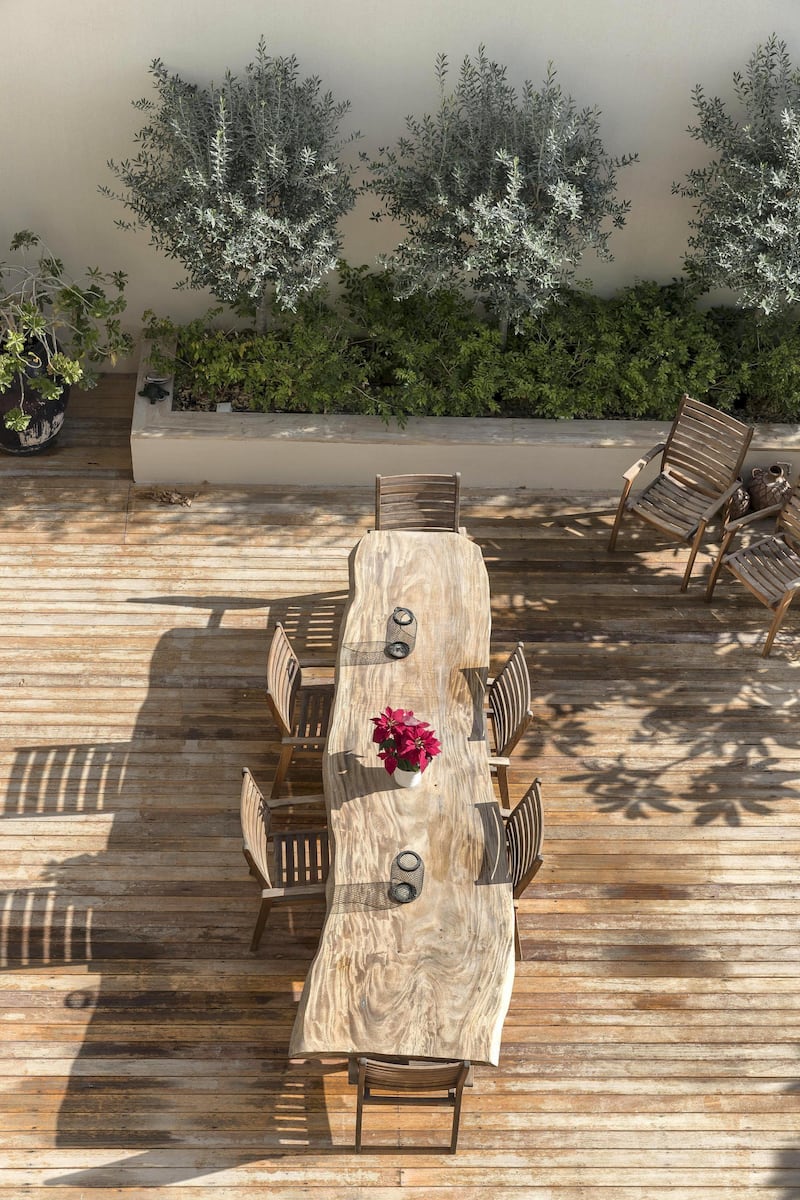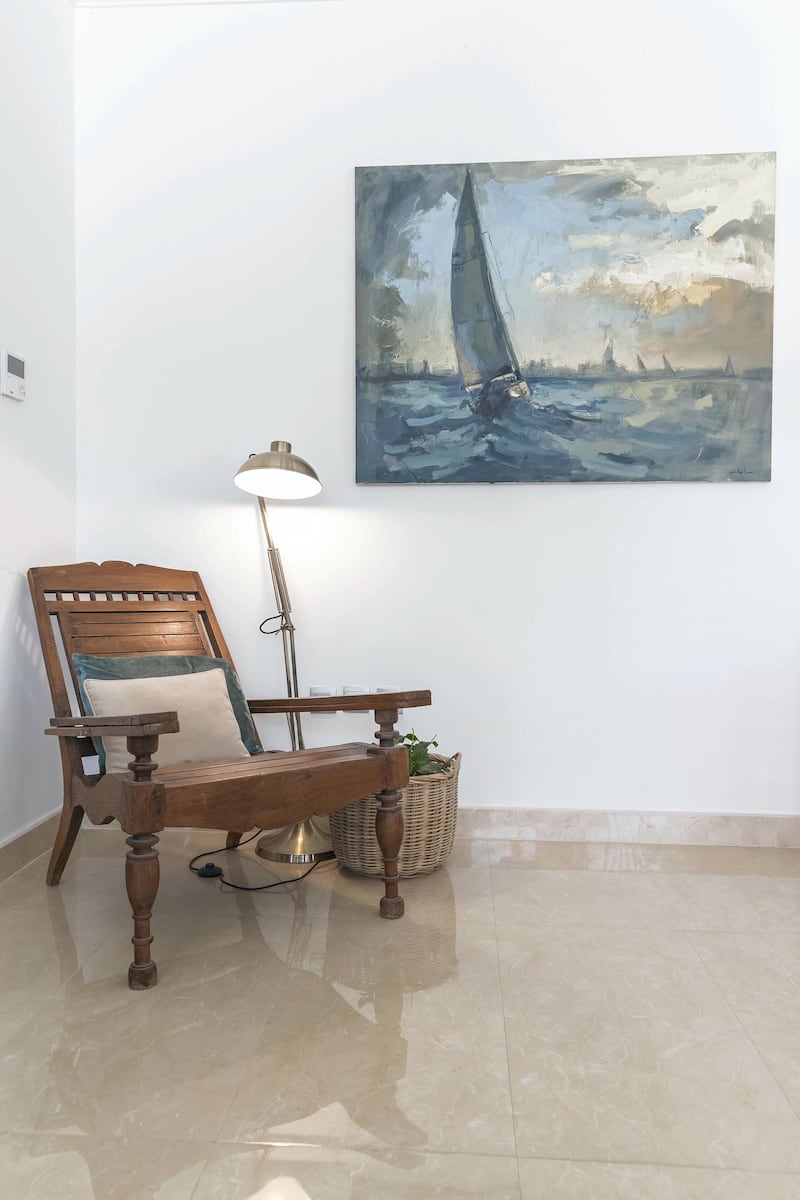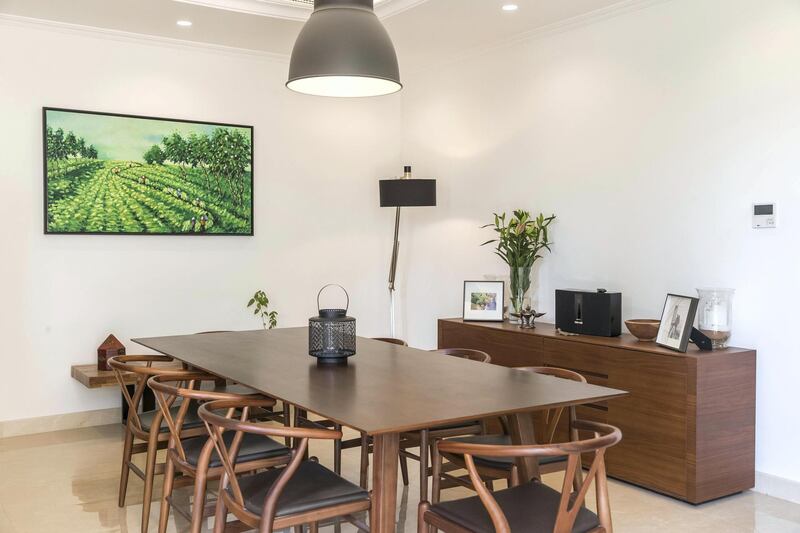Someday, all neighbourhoods will be built this way – or at least they should be. As Sustainable City quietly nurtures its growing community of people and plants, it is creating a blueprint of how sustainable living can be achieved.
When Sarah Baerschmidt and her family – husband Martin and teenage sons Peter and Luke – moved from their Jumeirah home near Safa Park to a large four-bedroom garden villa in Sustainable City, it heralded a new type of existence. "We were looking for a change. We knew that renting was dead money and our landlord wasn't doing anything with the house. My husband is an architect, and every project he does has to be sustainable, so we thought it was time to invest and live in that mould – walk the talk to really see how it works," Baerschmidt tells me.
When the family saw the house, they thought it looked fresh, new and clean. Most importantly, there was scope to lay down a large wooden deck in the garden, to create the kind of outdoor entertainment space they had always wanted. “I was not a tree-hugger when I moved here,” reflects Baerschmidt, “or really into recycling, but it’s completely repositioned in this community. It makes sense and is definitely the way forward.” Each home in the community comes with a group of recycling boxes, and there are corresponding community bins outside.
Having lived in their villa for a year and a half, Baerschmidt says that it has exceeded all their expectations. An immediate testament to how a more sustainable existence has impacted their lives can be measured fiscally – the family's Dewa bills have reduced from monthly highs of Dh3,000 at their previous Jumeirah villa to just Dh175 this month.
All grey water from the community is recycled, which means everything that is collected from shower and basin drainage gets treated on site and goes back into the community to water the plants. Black water goes out to be recycled by Dewa and is then looped back in to irrigate the landscaping.
There’s composting on site for residents to deposit their own green waste, and pretty community vegetable gardens and personal plots for planting food. Tellingly, the Arabian Beekeeping association is based here with some of its hives, along with a small group of chickens and ducks.
Eleven distinctive bioderms punctuate the central landscaped areas running through the community, and these are used to grow herbs and salads. A voucher system for residents allows each household to receive eight planted pots a month, and there’s a WhatsApp group where images of the herbs are shared.
Sustainable City’s abundant greenery is designed to help cool the community and is encouraged to over-grow for this reason. A number of universities are undertaking studies at the site to examine patterns in mobility, air quality and ambient temperatures. Diamond Developers, the company behind this utopian community, is also reaping awards, with Sustainable City having recently been named the Happiest Community in the Gulf Real Estate Awards, organised by the Dubai Lands department, as well as Best Residential Development in the Middle East at the International Property Awards.
The Baershmidt’s villa is built over three floors, with its solar panels and hot water tank discreetly positioned on the top deck to maximise on the sun’s rays. There’s an adjacent upper terrace with a small indoor kitchen attached. The space has been adapted for entertaining with the addition of diaphanous drapes, giving it a nocturnal Buddha Bar feel, and allowing the family’s teenage sons to entertain friends away from the main body of the house.
Local garden designer Mary Shakespeare helped to bring the family's vision of an outdoor room for entertaining to life. Raised beds are planted with olive trees, Plumeria Obtusa (frangipani), Muwaya panichulata (orange jasmine) and other specimens. Areas of interest are created as the hard landscaping surface transitions from gravel to sandstone to wood, providing a delineated context for soft seating areas, a barbecue, dining table and a fire pit.
A small Sri Lankan Buddha or Bodhi tree (Ficus religiosa) with just a few leaves was planted in a large terracotta pot about 18 months ago, and has since grown impressively to provide dappled shade and a resting place for visiting birds. Baerschmidt’s husband recently celebrated his 50th birthday, and hosted a party at the family’s villa, replete with a DJ and decks installed on an outdoor balcony.
_________________
Read more:
American educator Stephen Ritz on his one-of-a-kind green classroom
Plant the seed for self-sustenance to lead a healthier life
Minimising food waste: a new culinary trend for 2018
_________________
The dual aspect and large windows of the living room provide views and access to the private outdoor spaces on one side, as well as connecting with the public area of the wider community on the other. Baerschmidt likes to open the windows to allow a cool breeze to blow through, and as we chat, a man jogs past on the community running track. Cycling lanes and equestrian tracks also snake through this residential development, and connect to the wider areas around Al Qudra.
The family are keen sailors, and a large nautical canvas by South African artist Lynne-Marie Eatwell is a focal point of the living room. Baerschmidt connected with the painting and had to have it, despite what she described as a hefty price tag. She says she fell in love with “the moodiness of it, the Burj Al Arab and the boats in the background. I’ve sailed on days just like that with the clouds going that strange colour and the water going choppy.” Coincidentally, it later transpired that the boat depicted also belonged to a friend of the family.
A vintage Chinese sideboard acts as a table, accented by flowers and a cane fishing-basket purchased locally. In the reception hall, a second weather-infused watercolour of Wadi Bih in Oman, by John A Harris, hangs above an old printer’s drawer set, bought by Baerschmidt for her husband as a wedding present. The kitchen-dining area features further artworks, including a large striking pastel portrait of Baerschmicht’s mother, done by a friend. “It really depicts her image, she looks as if she’s listening into a conversation.”
A new wooden dining suite offers a modern take on classic Asian design and is from OD Design on Sheikh Zayed Road. A mishap on the delivery truck that dented a corner of the table resulted in a 40 per cent discount, possibly making it easier to live with this small imperfection. The kitchen’s white goods are all installed as standard and are selected based on their energy-efficient criteria. Villas and apartments also receive mains gas – judged to be the most cost-efficient and environmentally friendly means to cook.
But the most striking aspect of Sustainable City is the apparent absence of cars. Garden villas do have garages attached, but shaded communal parking areas (another area where solar power is collected) are close by and there is a network of electric buggies to help residents with shopping and getting about. Heavy suitcases or boxes? No problem. Let the on-gate-concierge know and they will dispatch a buggy and driver to meet you at your car and take the load to your door.
I was informed by a Sustainable City representative that while some rentals are still available, sadly, all villas have already been sold (prices for three and four-bedroom villas have been in the region of Dh4 million) and are either occupied or in the hands of private investors. Becoming an owner-occupier, I’m told, would “now require significant wasta”. The word is already out: living at Sustainable City will make you happier.
